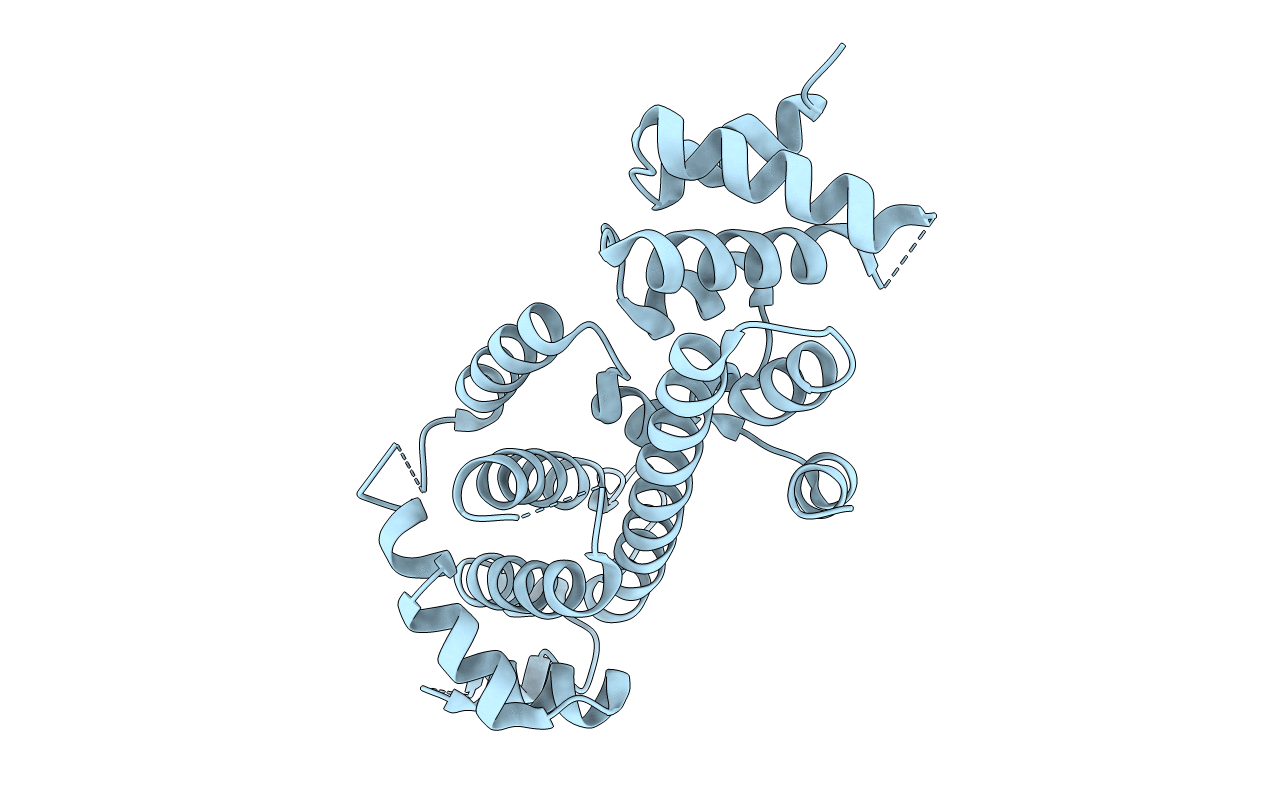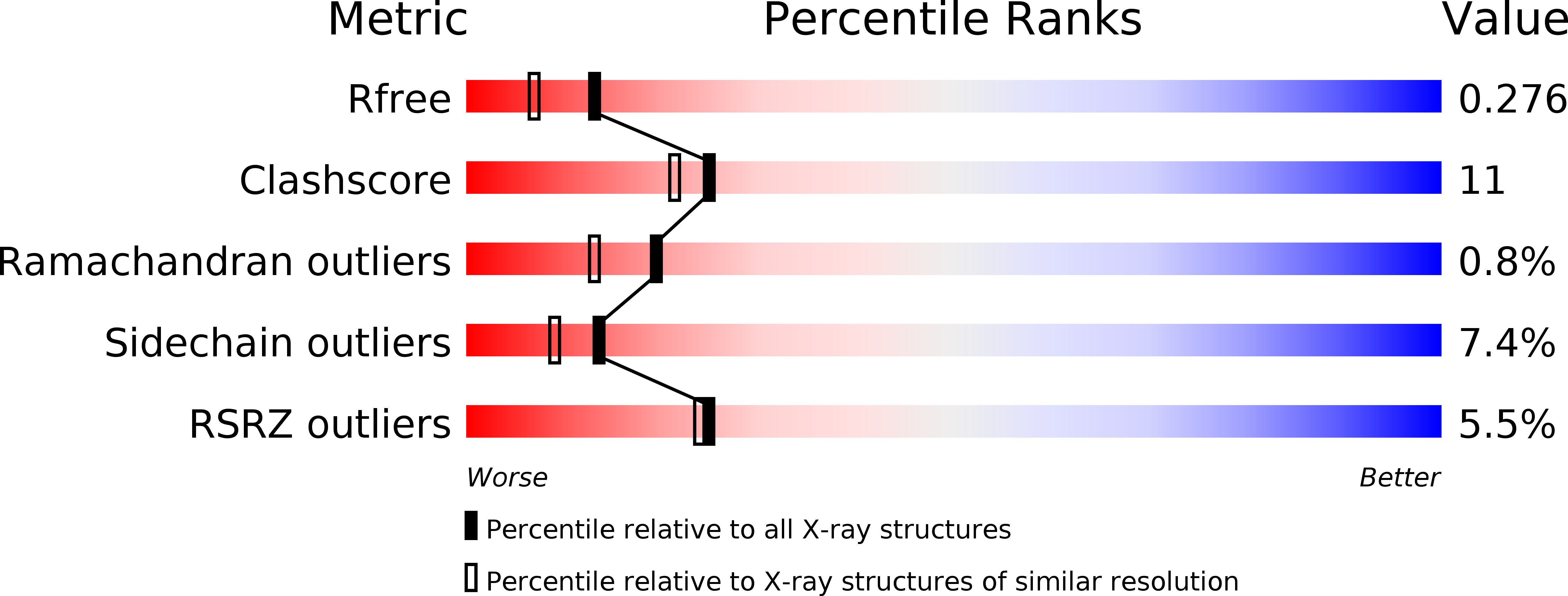
Deposition Date
2007-06-21
Release Date
2008-01-22
Last Version Date
2024-11-20
Entry Detail
PDB ID:
2QDJ
Keywords:
Title:
Crystal structure of the Retinoblastoma protein N-domain provides insight into tumor suppression, ligand interaction and holoprotein architecture
Biological Source:
Source Organism:
Homo sapiens (Taxon ID: 9606)
Host Organism:
Method Details:
Experimental Method:
Resolution:
2.00 Å
R-Value Free:
0.27
R-Value Work:
0.22
R-Value Observed:
0.23
Space Group:
C 2 2 2


